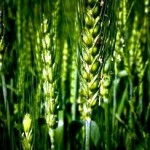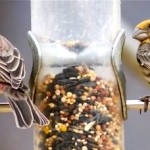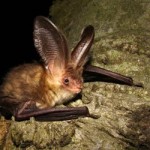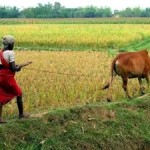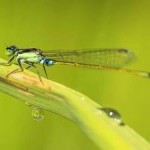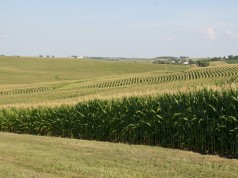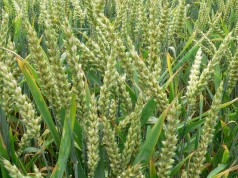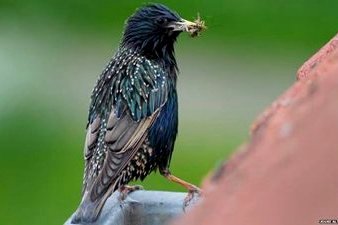
Populations of common insectivorous birds are declining in farmland areas with high levels of the neonicotinoid insecticide imidacloprid.
This is shown by an analysis of detailed data on local bird population trends and environmental factors, which include imidacloprid concentrations in surface water. The scientific journal Nature published the study, written by biologists at Radboud University Nijmegen and the Sovon Centre for Field Ornithology, on July 9, 2014.
This is the first study that correlates imidacloprid to possible indirect harmful effects – via the food chain – for vertebrates. Imidacloprid is the most widely used insecticide in agricultural systems around the world.
Farmland bird species in Europe have been in decline for many years. But there are unexplained local differences in the extent of this decline. Ecologists in Nijmegen in the Netherlands have explained these differences by identifying concentrations of neonicotinoids in surface water in relation to other factors, such as land use.
Field Data
“We decided to look at common species of insectivores, such as the starling and the barn swallow,” says Ruud Foppen from the Sovon Centre for Field Ornithology, an organisation that organises and analyses bird counts. “There are sufficient data available on these birds for us to analyse densities and trends in their numbers. Most of the birds forage around ditches, hedgerows, and field margins. The Dutch bird monitoring network is one of the world’s densest.”
In this study, the researchers used measures of water quality taken by District Water Boards. Many insects that are important for birds spend part of their life cycle in water. The biologists compared these data sets with a database that records changes in land use.
Clear Trend
The researchers found a clear trend: the higher the concentrations of imidacloprid in the surface water, the greater the decline in bird numbers. For the fifteen bird species that were included in the study, numbers decreased on average by 3.5 percent per year in areas with more than 20 nanograms of imidacloprid per litre. This concentration is greatly exceeded in many parts of the Netherlands.
This is the first study that correlates imidacloprid to possible indirect harmful effects – via the food chain – for vertebrates. Imidacloprid is the most widely used insecticide in agricultural systems around the world. The scientific journal Nature published the study online on July 9, 2014.
“We looked very thoroughly for other factors that might relate to these birds’ decline. Our analysis shows that, based on our data, imidacloprid was by far the best explanatory factor for differences in the trends between the areas,” says Professor Hans de Kroon, who supervised the study. The research was conducted at the Institute for Water and Wetland Research at Radboud University Nijmegen.
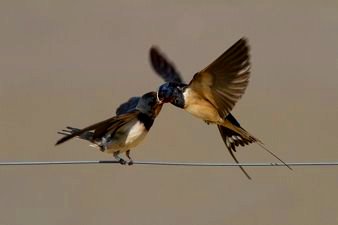
The biologists combined the data from the District Water Boards with systematic bird counts taken before and after imidacloprid was introduced in 1995.
“‘The decline in farmland bird species started before 1995, but the local differences in this decline that we have established after the introduction of imidacloprid are not seen in the counts made before that time,” says Ruud Foppen of Sovon.
Commonly Used Agricultural Pesticide
Imidacloprid is used in agriculture and horticulture to treat seeds and bulbs, and as a crop spray in greenhouses and in the open. It affects insects’ central nervous systems, so that they become disorientated and paralysed, and then die. It has also been linked to a decline in bee numbers, and other invertebrates.
Lack of Food?
The researchers do not yet know precisely what causes the decline. Among possible explanations are a lack of food (insects), eating contaminated insects, and a combination of both. For a few species, eating seeds coated with insecticide cannot be excluded as an explanation. It is not clear whether breeding success is declining or mortality is increasing, or both.

